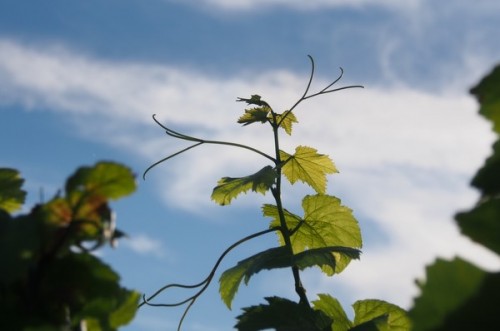
I’m in Germany. On a press trip focusing on organic German wines. As of 2013, the most recent figures I have, Germany has 7800 hectares of certified organically farmed vineyards, which represents 7.6% of its total vineyard area (figures from Helga Willer’s 2015 report titled Organic Viticulture Worldwide). And the trend has pretty closely tracked global growth in organics (back in 2004, for example, Germany had around 2300 hectares organically farmed).
Over the next few days we’ll be visiting organic growers in the Rheinhessen, Pfalz and Rheingau, as well as focusing a bit on Sekt and attending the VdP tastings. So it’s a varied program, and complements my earlier visit to Germany this summer pretty well.
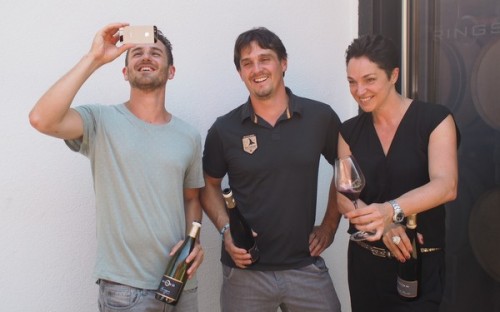
Yesterday began with a visit to Weingut Rings in Freinsheim. This is a relatively new producer from a village not previously associated with quality wine. Sister and brothers Simone, Andreas and Steffan Rings run things here, and make some really impressive dry Rieslings.
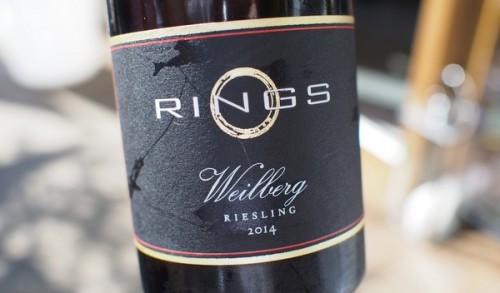
They also have a love for Pinot Noir, and the results are distinctive. The Pinots are harvested early with high acidity (pH 3 resulting in wines around pH 3.2 after malolactic), which emphasises the bright fruit. This is so they can safely use a low sulphur dioxide regime in the winery. I found the Pinots difficult to love, although I admired their purity and focus. But I really liked the Rieslings, especially the Steinacker 2015 and Weilberg 2014.
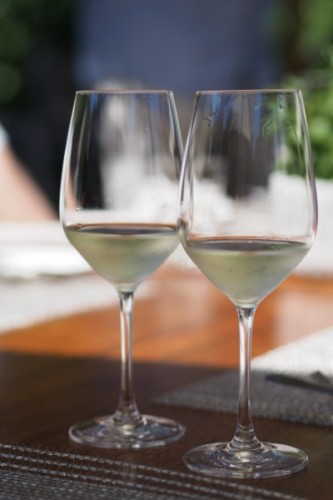
Then we went to lunch at Bistro 1718 with Bassermann-Jordan, a historic producer in Deidesheim, which is a very pretty town in the Pfalz. They have 50 hectares farmed organically. Two Rieslings impressed particularly here (it’s their main focus by far).
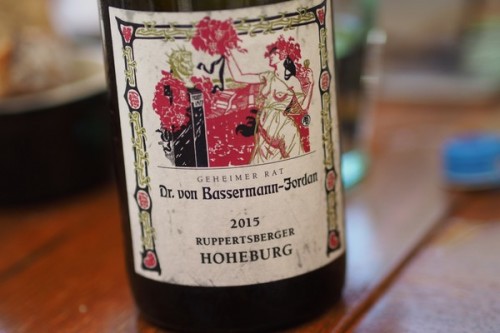
The 2015 Hoheberg Erste Lage was lively, precise and pure with an almost saline quality, and the 2012 Hohenmorgen Grosses Gewaches was all spicy, nutty, waxy intensity along with ripe citrus fruit, and had the richness to match even red meats.
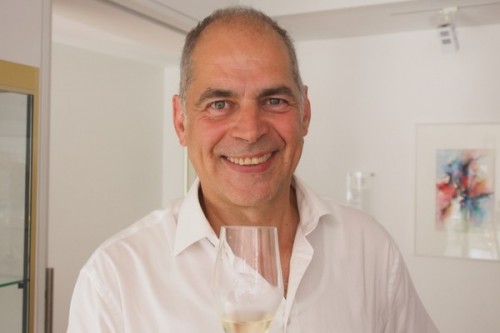
The afternoon began with a focus on Sekt, Germany’s sparkling wine. A lot of Sekt is made, and most of it isn’t great. Just a small proportion is of the more ambitious traditional method style, and we looked at wines from Sekthaus Raumland, Schloss Vaux and Wilhelmshof, in a detailed, well organized tasting at Wilhelmshof. There were a variety of styles, but I found a lot to like. Pictured above is Volker Raumland, whose wines I liked a great deal.
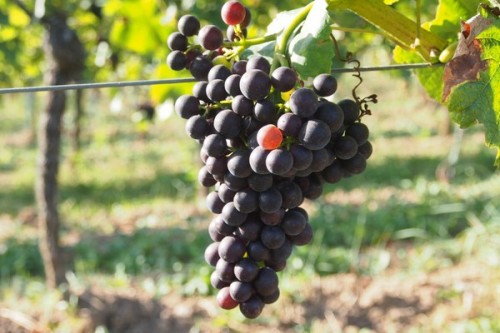
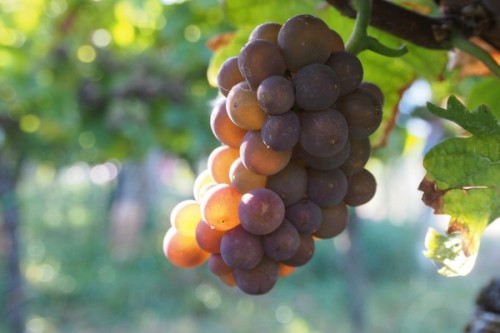
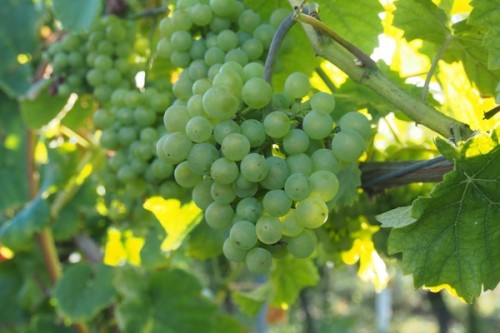
We had a stroll through some vineyards after the tasting. The 2016 vintage has been very difficult for mildew in the Pfalz, and many organic growers have struggled containing it. Some have lost a good portion of their crop to downy mildew.
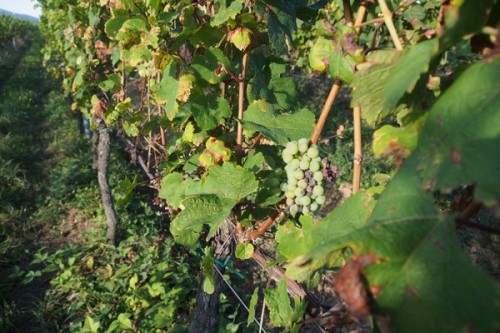
This is the side of organics little discussed: the very real risk of losing money in a tricky year because of the limited disease control options.
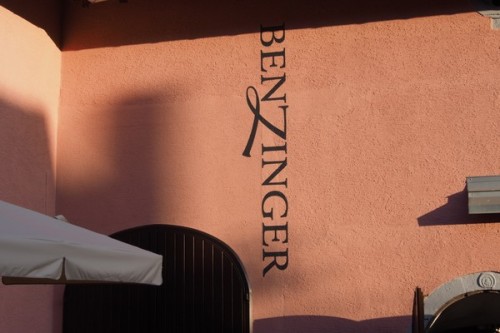
The evening was spent at Benzinger, in Kirchheim. Over a lovely dinner we tasted through their range, including three very distinctive orange wines, made from Pinot Blanc, Sylvaner, and a blend of the two. These are made without any added sulphites, and they are quite distinctive. They’ve proved very popular with customers, and are currently only made in tiny quantities. Surprisingly food compatible, it’s good to see wines like this emerging.
1 Comment on In Germany, pursuing organic wine, day 1
I am a big B-J fan!